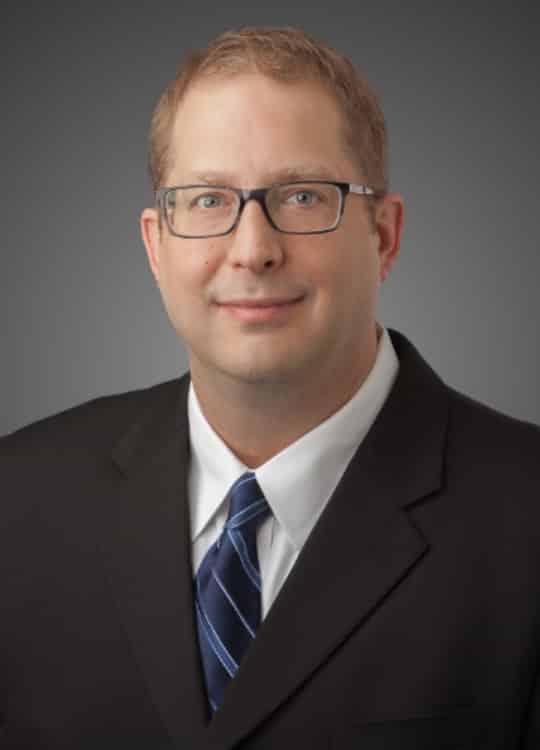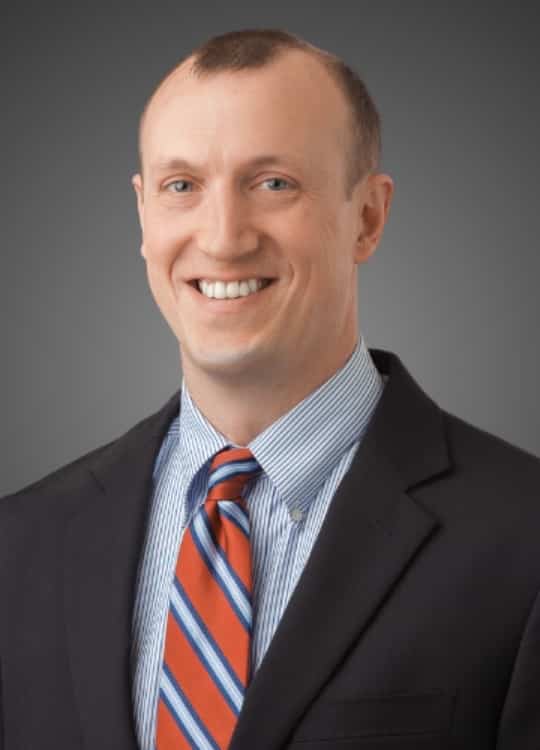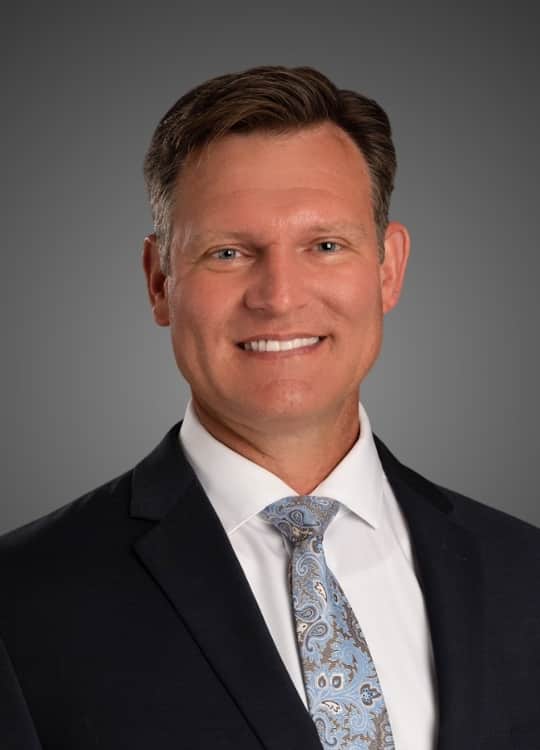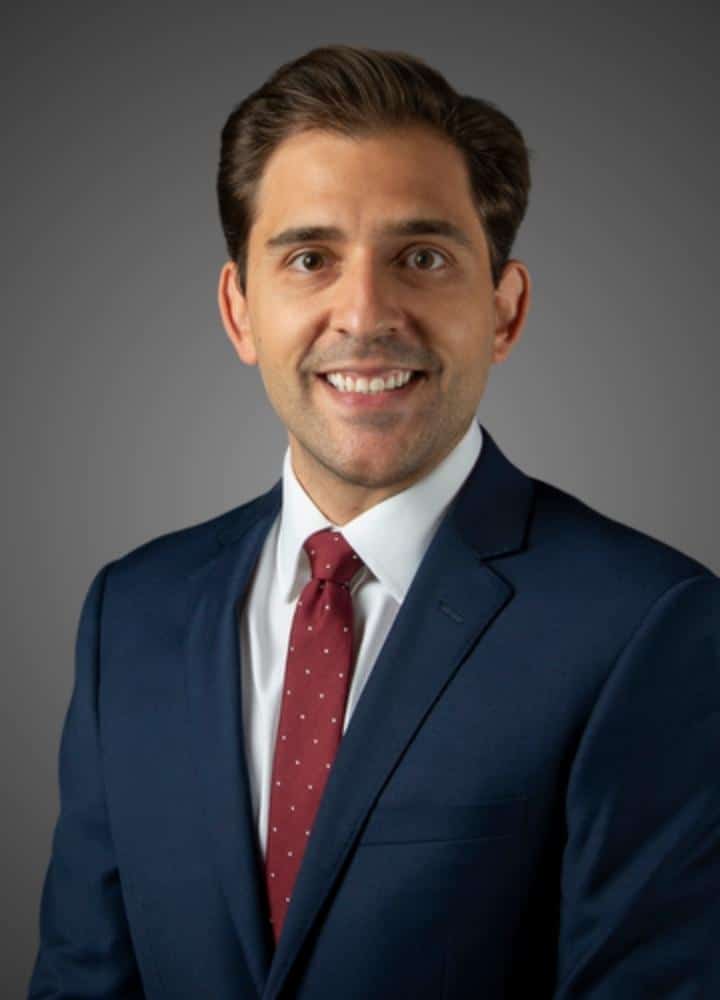Reverse Total Shoulder Replacement
Reverse total shoulder replacement is an alternative to total shoulder replacement. The procedure restores the rotator cuff and empowers shoulder muscles to secure the joint, allowing for better use of the arm and alleviating pain. The amount of pain relief does depend on the severity of the diagnosis that led to the procedure.
During reverse total shoulder replacement, the shoulder joint is replaced with plastic and metal parts. The ball portion of the shoulder is attached to the shoulder socket, and the cup is attached to the top of the humerus. Since this surgery utilizes different muscles to move the arm, this procedure can increase shoulder mobility for people with arthritis or torn rotator cuff.
Why is my doctor recommending a Reverse Total Shoulder Replacement?
The Omaha Shoulder & Elbow Orthopedic Specialists at MD West ONE can properly recommend if a Reverse Total Shoulder Replacement is the best course of action based on your symptoms and situation. If you have the following symptoms, you may want to make an appointment with one of our Board Certified Specialists.
- Unsuccessful total shoulder replacement
- Complete rotator cuff tear
Treatment
In a healthy shoulder joint, the humerus (upper arm bone) has a ball-like structure that connects to the glenoid (shoulder socket). This anatomy allows the upper arm to move freely within the "cup" of the shoulder joint.
Over time, this joint structure can break down due to aging or activities and occupations that require repetitive movement. Injuries affecting the shoulder joint can be painful and may interfere with sleep and everyday activities.
Since total shoulder replacements may not be effective for people who have torn rotator cuffs or have developed arthritic cuff tear arthropathy, a reverse total shoulder replacement can be a more suitable option for these conditions.
Procedure
Once the skin is cleaned and prepped, the surgeon will make an incision in the shoulder. The shoulder replacement has two components:
- The first component is in the top part of the humerus (upper arm bone), which is precisely removed and hollowed out. Next, a metal socket is inserted into the hollowed humerus and secured with bone cement, followed by the socket cup attached to the top of the new implant.
- The second component is in the glenoid (shoulder socket). The glenoid is reshaped to increase stability, and the ball is implanted. Once both components are in place, the ball and socket cup are then attached to create the new shoulder joint.
The surgery generally runs about 2 hours long and is performed under general or regional anesthesia. After finishing the procedure, the incision is closed and bandaged, and the arm is placed in a sling. You will likely be able to leave the hospital two to three days after the procedure. Physical therapy may help you regain movement and strength in the shoulder.
What to Expect
Your doctor may ask you to avoid certain medications or activities before your surgery. Report all medications or supplements you may be taking and ask your doctor if they are safe to take during your surgery preparation and recovery.
Two weeks ahead of your surgery, your doctor may advise you to refrain from taking NSAIDs, aspirin, steroids, or other medications that could suppress the immune system during recovery. Avoid using tobacco products as nicotine escalates the risk for complications with tissue/bone healing and the risk of potentially fatal blood clots. Avoid alcohol, as it increases your risk of anesthesia complications. If you become sick before your surgery, report it to your doctor.
It will be useful to prep your home for recovery. Enlist the help of a loved one or caregiver to support you during your recovery. Procure necessary items, like ready-made meals, canned foods, and toiletries. Make sure you have someone to drive you home after your surgery. Relocate commonly used household items to an accessible height. Prepare cold packs and heating pads to keep down swelling and manage pain. Move any items in your home that may cause you to trip and fall. Be sure to have plenty of clean sponges and washcloths, as you cannot shower for a week after surgery.
On the day of your shoulder replacement surgery, take a long and thorough shower before going to the hospital. Be sure to wash your hair, as hair washing can be difficult during the recovery process. Before you head to the hospital, be sure to dress in a button-up shirt and wear comfortable, loose clothing.
Our doctors are happy to answer any other questions you may have about preparing for your surgery. We are here to help!
After Surgery
Right after surgery, you will receive a few doses of antibiotics, that will help prevent infection, as well as painkiller medication. Please be careful with these substances as they may be habit-forming. You will likely be able to eat solid food and get out of bed the day after your surgery. Most patients can return home on the second or third day following the surgery.
While recovering at home, enlist a family member, friend, or another caretaker to assist you during recovery, since you will need help doing tasks like getting dressed, bathing, cooking, and laundry. You will likely be able to get dressed, bathe, and eat sometime during the first week of recovery.
During your recovery, participate in all doctor-prescribed home exercises, and avoid positioning the arm in excessive ways (like behind your back or out to the side) for at least six weeks after the procedure. Avoid lifting anything heavier than five pounds for at least six weeks after the procedure, and do not push yourself out of your chair or bed, as these vigorous contractions of the muscles can set back the healing process. Your doctor will be able to advise you on the appropriate time to resume your normal activities.
OPIOIDS
At MD West One, your health is always a top priority, which is why we are very passionate about getting you back to full activity in a safe and timely manner. We understand every patient is unique when it comes to pain management. A key component of a successful pain treatment plan includes weighing all risks and benefits to find the pain treatment plan that best fits you.
A high risk of dependence and overdose is associated with the use of opioids. To avoid this from accruing our agreement with you:
- You should take all medications as ordered by your provider. If you take the medication in excess of what is prescribed and run out of the medication prior to the refill date, the refill will not be authorized early.
- If you are requiring a refill of your prescription please call during regular business hours. Our providers will not refill any pain medications over the weekend, holidays, or after clinic hours.
- Make sure to tell your physician or nurse which medications you are taking, including herbal remedies, since narcotic medications can interact with over-the-counter medications and other prescribed medications, especially cough syrups that contain alcohol, codeine, or hydrocodone.
- Alteration of any written prescription, sharing, trading, or selling your medication is a federal offense and will be reported.
- You are responsible for keeping your pain medication in a safe and secure place, such as a locked cabinet or safe. Stolen medications should be reported to the police and to your physician immediately.
- If your medications are lost, misplaced, or stolen, your physician may choose not to replace the medications or to taper and discontinue the medications.
Risks and Complications
Like most medical procedures, there are risks associated with reverse shoulder replacement surgery. The most common complications related to reverse shoulder replacement surgery are:
- Bleeding
- Nerve damage
- Infection
- Wear or deterioration of the replaced joint
- Loosening of the replaced joint
- Dislocation or disconnection of the replaced joint
- Contact between the humerus and the shoulder blade
Mechanical complications are more common in a reverse shoulder replacement than a regular shoulder replacement. These issues can often be resolved by non-surgically setting the arm back into its proper location and keeping the arm immobile until healed. Surgery may be required if the joint continues to disconnect or dislocate.
Your doctor will be able to give you a more thorough breakdown of possible risks and side effects.
Meet MD West ONE's orthopedic specialists and learn more about how they can help and if a Reverse Total Shoulder Replacement is right for you...
Don't wait any longer to get relief. Make an appointment to see one of our orthopedic specialists.
American Academy of Orthopaedic Surgeons
This article has been written and peer-reviewed by the AAOS Patient and Public Relations Committee and the AAOS Evidence-Based Medicine Committee.





